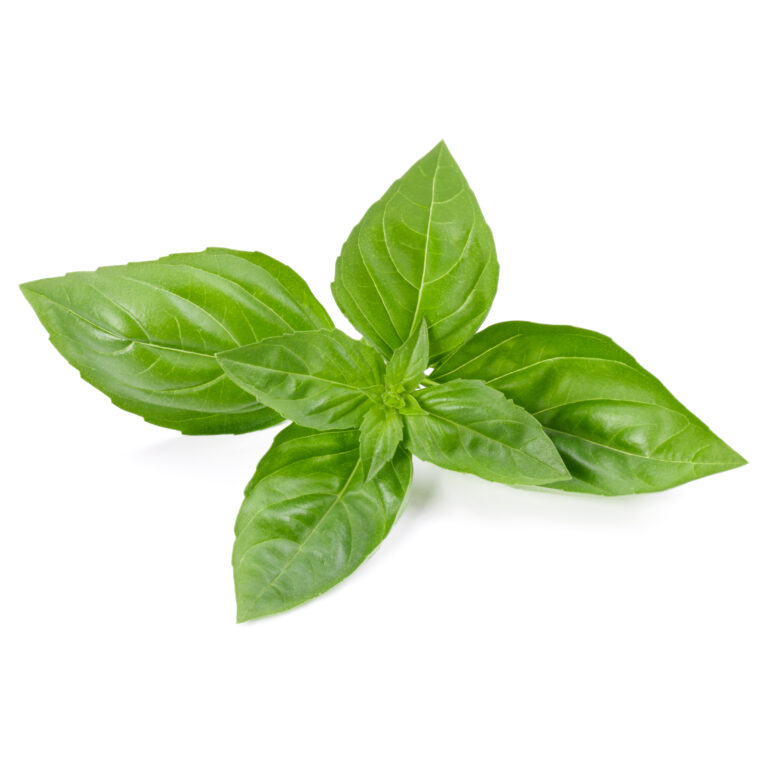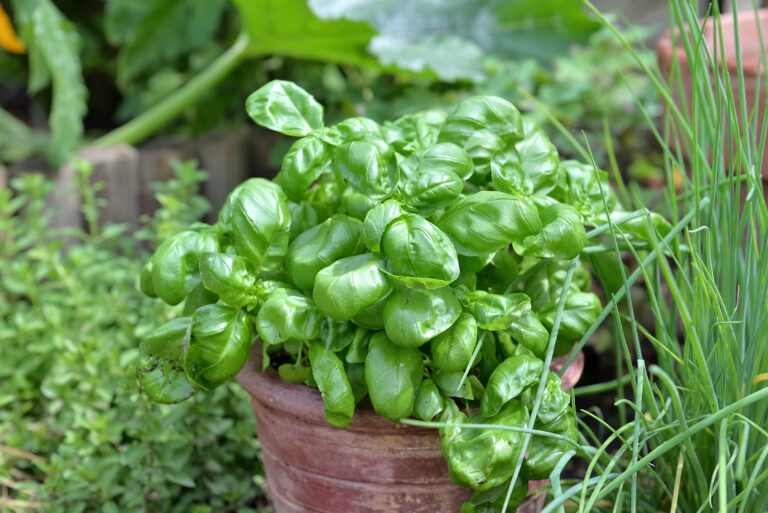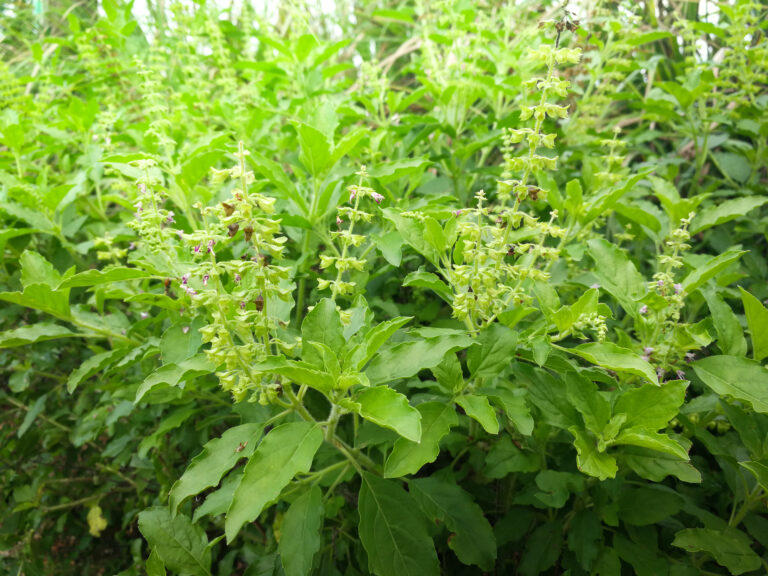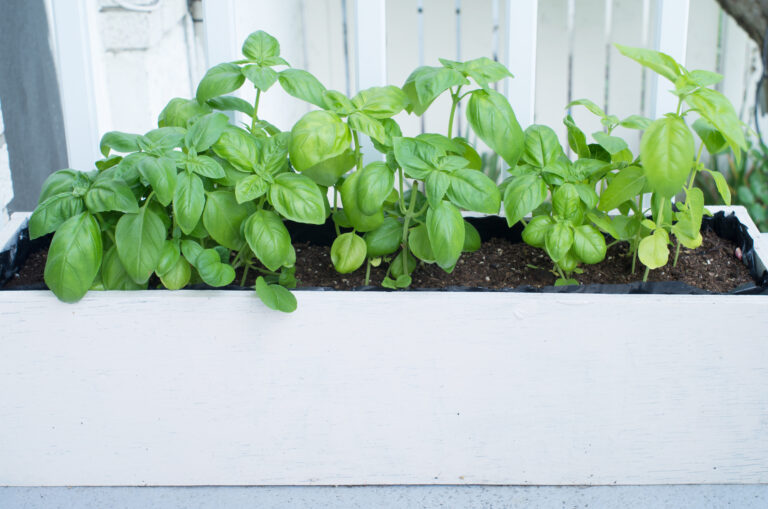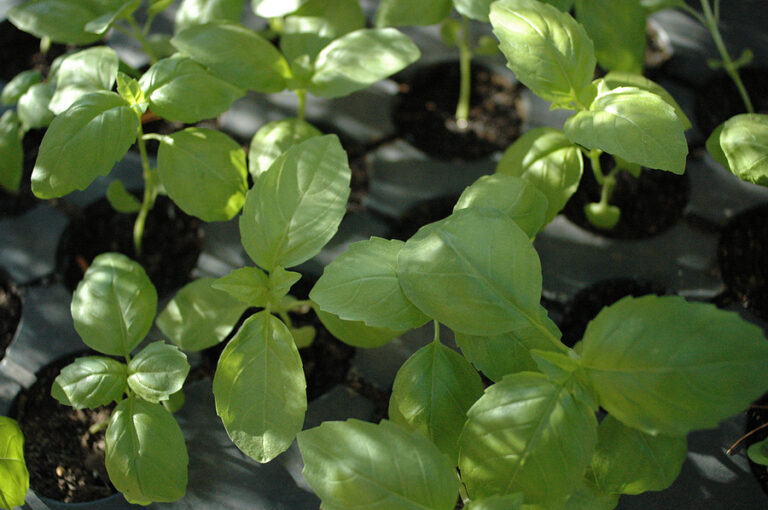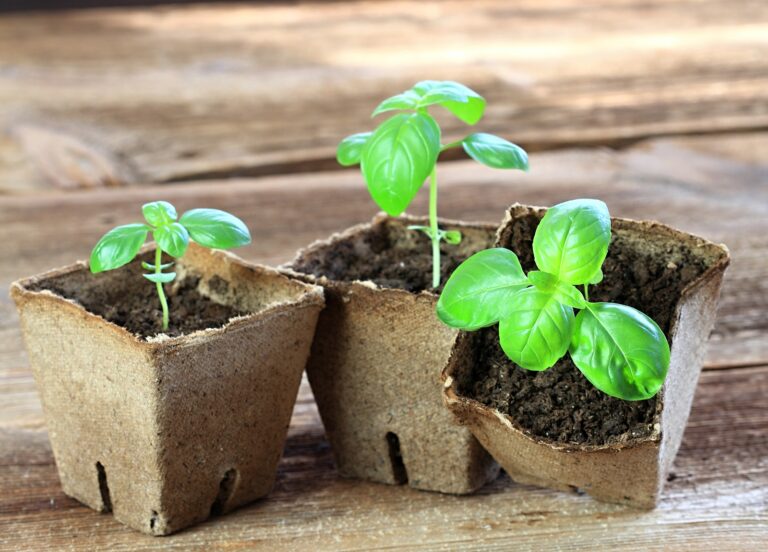25 Delicious Ways to Use Basil in the Kitchen (With Tips from a Gardener-Cook)
As a lifelong gardener and home cook, I’ve grown and used dozens of basil varieties over the years—from classic Genovese to purple opal and Thai basil. Each one brings its own unique flavor and aroma to the kitchen. Here’s how I use fresh basil every day to add color, complexity, and unmistakable freshness to my…

